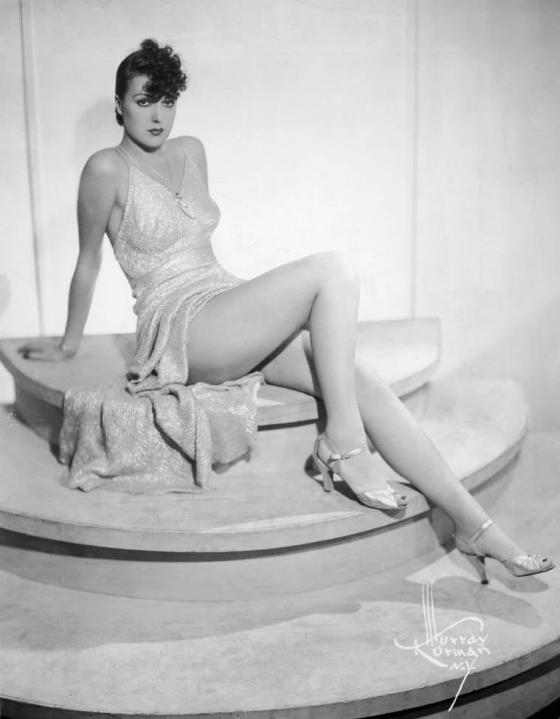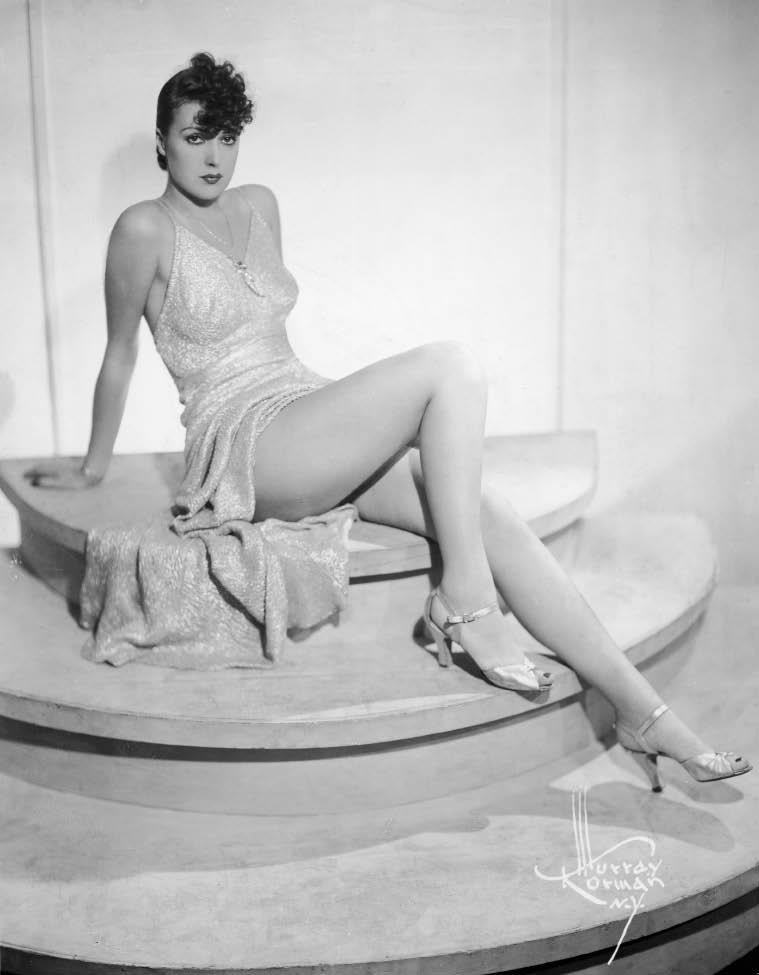The somewhat straightlaced theatre-going audiences of 1880s America, eager for performances by European artistes like Jenny Lind and solid, home-grown, classical actors such as Otis Skinner, were hardly prepared for the on-stage vulgarity that the (usually) Russian and Polish immigrant impressarios, with their particular nous for show-biz, were to unleash into the saloons and fleapits across the young nation.
Of the many weird acts that comprised Vaudeville — the bearded ladies, fiddling baboons, human cannonballs and, apparently, ‘comics wearing enormous rubber phalluses’ — none can have been so strange, have kicked against so many pricks, so to speak, than little Louise, the daughter of the echt pushy stage-mother of Vaudeville’s even more raucous baby, Burlesque.
Louise was a plain, puppet-like moppet referred to as Plug, whom Momma Hovick forged, with vulcanic tenacity, into . . . Miss — drum-roll — Gypsy — drum-roll — Rose — drum-roll — Lee. Such was the name by which the teenage breadwinner of this disturbingly functional family (lacking men, but including a jealousy-riven prettier younger sister who became the actress June Havoc) would eventually introduce her couture-clad bumps and grinds.
Gypsy didn’t start off with so felicitous a moniker. For her stripping debut in 1931 at the Republic Theatre in New York she was billed, bafflingly, as Ada Onion from Bermuda. Arrested the next day, she was no doubt ecstatic to find — along with substantial gifts from gentlemen admirers, including ‘one live bunny and a case of ginger ale’— her photograph, wearing ‘a body-suit with flowers over her private parts’ plastered on the cover of the Evening Graphic. Meanwhile Momma Hovick, despite wailing ‘my baby is innocent and pure’ was banned from the theatre by producer Minsky, whose enigmatic reason was that Momma’s ‘river did not run to the sea’.
At a time when Gypsy’s main rivals, Lili St Cyr, Margie Hart and Sally Rand — the three bona fide, or perhaps bona fleshy, strippers, and each one the punch line to the verses of ‘Zip’, the Rodgers and Hart song that sends up ‘Miss Lee’ (though in this book only Rand gets a mention, and barely, to coin a phrase, at that) — were hard at it taking it all off, Gypsy, deceptively demure in an elaborate Charles James ‘breakaway gown’, topped off by a Lily Daché chapeau, didn’t. Despite the author’s reams of fashionable psycho-guff about why Gypsy chose this route, it seems pretty obvious to the reader that after that initial debacle, Miss Lee had twigged she was less likely to get arrested if she kept her clothes, for the most part, on.
Eighty decades later, it’s hard to understand the appeal of Gypsy Rose Lee’s act, or, indeed, her clearly considerable artistry. This glum little book doesn’t help. Though full of detail about her subject, Shteir (I promise you that’s how the author spells her name, which begs to be anagrammed) somehow can’t make her vivid, which considering Gypsy led an offstage life far more exotic and erotic than anything she did on it, is disappointing.
Not unlike the love-struck Cecil Beaton carping about his sublime Garbo’s facial flaws (‘I noticed Greta has a tiny wart on her left nostril’ kind of thing), the likewise obsessed author continually dumps Gypsy in the shteir, telling her foibles and failures: she
failed to save the show . . . wrote a flop . . .
couldn’t find work . . . Americans did not applaud her for her efforts . . . her career has not been spectacular
and she ‘panicked guests’. The last may be true; the author writes
Gypsy figured out that Depression-era Broadway and Hollywood were full of tough guys and acid-tongued girls who talked as though they had read Proust.
And you and I thought L. B. Mayer had just cottoned onto Elinor Glynn.
The ash-cloud of socio-tripe that drifts over these pages produces many gems. ‘Striptease was now an ironic diversion for middle-class and wealthy women’: elsewhere it ‘is associated with self-revelation, an American motif since our nation’s founding’, a sentiment which might surprise the Robber Barons. And, from out of nowhere, this: ‘Three strip shows a day was the downside of Taylorism’. Taylor? Not in the index. Furthermore, Shteir appears unaware of the difference between doyenne and hoyden. Which, one wonders, applied to the stripper ‘Rozelle the Golden Girl, who went on to marry European royalty’?
The book’s pretentiousness may partly be laid at the unquestionably brainy Gypsy’s door: her career, and the leery, weary wit and wisdom she made her hallmark, progressed, initially, by taking over Ethel Merman’s less brassy Broadway roles, to writing a much acclaimed murder mystery, sharing a Brooklyn house with New York’s leading intellectuals, hosting intelligent television shows, making money-spinning commercials, and marrying three diverse men — the last the notoriously volatile producer, Otto Preminger, whom she met while filming Belle of the Yukon. In this movie, Gypsy wears, to perfection, the clothes she doesn’t take off.
She didn’t need to; her fame had outlived her wardrobe. After Gypsy’s death, June Havoc, who maintained her sister was ‘so cheap she ate dog-food out of the can’, inherited Gypsy’s furs.
Miss Havoc sold some of them to Liberace.







Comments